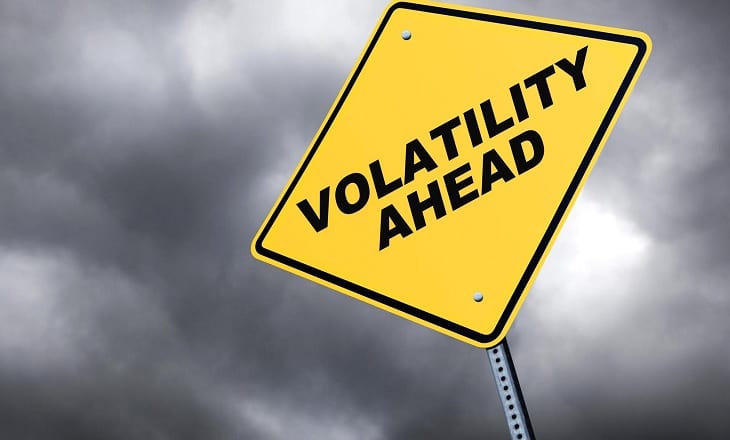This article was written by Ipek Ozkardeskaya, Senior Market Analyst at FCA regulated broker London Capital Group Holdings plc (LON:LCG).

Ipek Ozkardeskaya, LCG
The VIX index, also known as the volatility index, refers to the implied volatility of the S&P500 index options. The VIX index is computed by CBOE (Chicago Board Options Exchange) and is one of the key measures for stock volatility expectations for the next 30-day period.
As a quick summary, the VIX index is based on the actual market prices of all of the out-of-the-money (OTM) call and put options for the next and the second month expirations. This allows the VIX index to capture the anxiety in the market, how wide the price range is and what is the price that investors are ready to pay to hedge themselves using the options.
The mechanism behind the VIX is quiet simple. The rising OTM option prices suggest that investors expect a wider price range, hence higher price volatility, and they are ready to pay a higher price to hedge against the future price variations.
In this way, the VIX index rises as the expectations of stock market volatility increase.
One important characteristic to keep in mind is both positive and negative volatility is a sign of risk. No matter if the S&P500 stocks rise or fall, if the price variation is too fast, it is a sign of risk.
The volatility tends to be higher in bear markets. Investors usually build their long positions gradually; yet tend to liquidate their positions in a much faster fashion when the market conditions turn negative. This causes a higher volatility, higher risk.
During the subprime crisis, as heavy headwinds hit the S&P500 stocks, the VIX index spiked above 80% in October 2008.
The VIX is traded since February 24, 2006.
One good thing about the VIX is that it is computed and dispersed in real-time.
What makes the VIX so special is that it is tradable.
Many traders take positions on the VIX index either to bet on the future volatility or to hedge their existing positions. As such, the VIX could be an important asset for managing one’s risk.
In 2008, having a long position in the VIX index would have limited losses as the S&P500 slid toward $666 by March 2009.
The VIX index climbed above 22% a week before Donald Trump won the Presidential race in November 9, 2017. Since then, the unprecedented rally in the S&P500 stocks pulled the VIX gradually lower. The VIX index traded below 10% on February 1st.
At the time of writing, the VIX index stands at 11.81%. The technical interpretation is the S&P500 is expected to trade in an annualized range of less than 11.81% up or down with 68% confidence.
If you think that the S&P500 would be subject to increased volatility in the near to medium term, buying the VIX could be an interesting strategy.
Especially nowadays, the US stock prices have been running on records on daily basis. While traders do not want to let the possibility of further gains slip, they couldeasily complement their long S&P500 position with a long VIX position. If the S&P500 faces a wave of sell-off, the VIX index would also rise in a way to compensate losses that would have beenotherwise written off the un-hedged long S&P500 position.
